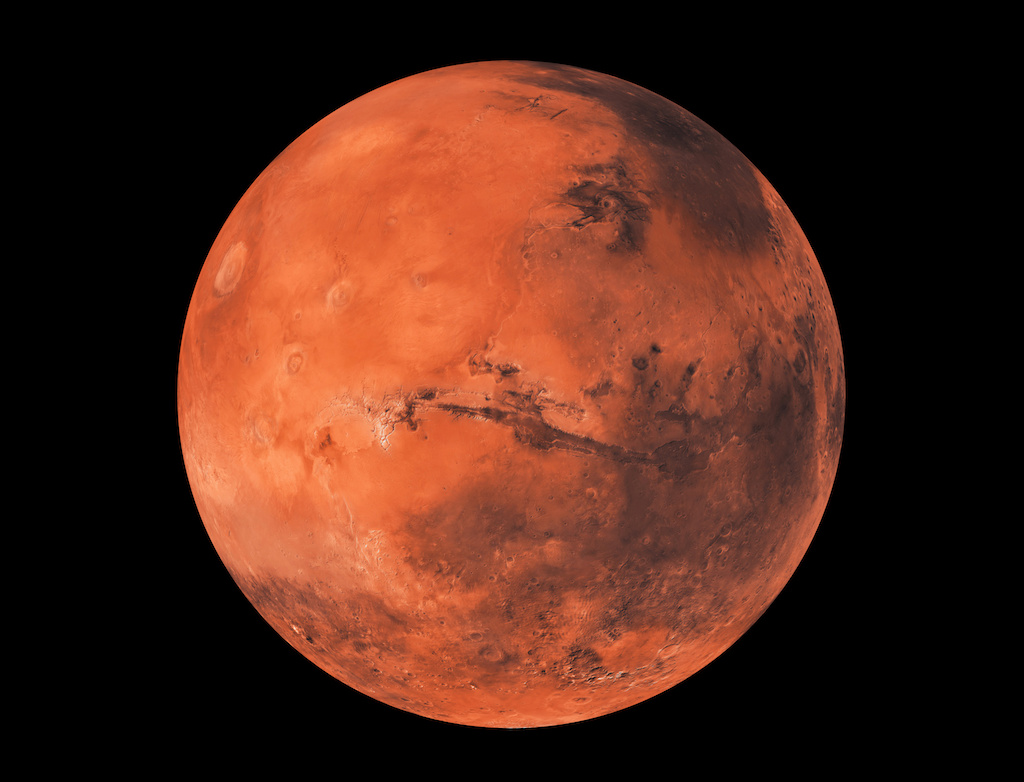NASA’s Perseverance Rover is the most recent U.S. mission to the Red Planet. I watched the landing Thursday afternoon on NASA’s YouTube channel along with 2.2 million others (note – the broadcast was shared on other channels, so I’m not sure of the total viewership worldwide). The sequencing and animation of final events of the seven-month, 292-million-mile journey was impressive, but the enthusiasm of the Jet Propulsion Laboratory Mission Control team during the final minutes, including the spontaneous celebration after notification of the landing, was inspiring.
There are many exciting scientific events planned for this mission. The landing occurred at Jezero Crater, an area of Mars that once contained a lake similar in size to Lake Tahoe more than three billion years ago. The Perseverance Rover has equipment designed to gather soil and rock samples as well as conduct other experiments. As one of NASA’s spokespersons said, “Engineering makes the science possible. Now it’s time for the scientists to take over from the engineers.”
The mission plans to utilize high-resolution cameras, ground-penetrating radar, spectrometers, and a SuperCam to hopefully identify whether or not ancient Mars hosted life. Perseverance has a drill attached to the end of its robotic arm that will collect approximately 40 samples from specific sites and seal them inside special tubes. This material will return to Earth for analysis by a joint NASA-European Space Agency campaign, planned for 2031 or later.
Another instrument called Mars Oxygen In-Situ Resource Utilization Experiment (MOXIE) will generate oxygen from Mars’ atmosphere, which is 95 percent carbon dioxide. If this effort is successful, it could help future human-led expeditions sustain their stay on Mars without transporting special oxygen canisters.
Perseverance also has a four-pound helicopter, which will attempt to be the first to fly in the skies of Mars. If the helicopter’s trips are successful, future missions could deploy them with sensors and utilize them as scouts for the rovers.
The plan for the rover is to travel approximately 15 miles, taking two years to do so. If Perseverance is as lucky as Curiosity, its mission could be extended (Curiosity is in its ninth year).
Having witnessed the American space race to the moon back in the 1960s, I am an enthusiast of space travel and the engineering and scientific accomplishments that accompany it. This mission was nearly 10 years in the planning, building, and implementation phases and is estimated to cost $3 billion. While that is a lot of money for any individual or company, it’s a small part of the U.S. budget.
I have also been a big supporter of the APUS Space Studies program. Developed and led by Dr. Patrick Ford from 2000-2010 and currently led by Dr. Ed Albin, the Space Studies program has educated current and future NASA employees (the current medical director of NASA, Dr. J.D. Polk, is an alum as well as an APUS trustee), and has included eminent astronomers and scientists as faculty.
The program has advanced from a single degree to multiple degrees hosted under the APUS Center for Space Studies, which offers associate, bachelor’s, and master’s of science programs in Space Studies and concentrations in aerospace science, astronomy, and space policy. We continue to embrace the exploration of space in our Exoplanet studies, Supernova research, and Variable Star research with our Planewave CDK24 telescope and with the soon-to-be-installed radio telescope. Our STEM school’s bachelor of science program in electrical engineering contains a concentration in communications that covers topics such as RF/microwave engineering, antennas, and radar systems, all vital on missions like Perseverance’s trip to Mars.
In my opinion, the benefits of a mission like Perseverance always outweigh its costs. Much of our technology advances today stem from tools and instruments invented for America’s space program over the last 60 years. While the financial needs for eradicating poverty, educating our citizenry, and redoing our infrastructure are substantial, tech advances and skills acquired in this mission and others will certainly be deployed in future situations here on Earth.
There will be much reported on Perseverance over the next few days, weeks, months, and years. I look forward to reading about the accomplishments as well as seeing pictures, videos, and potentially hearing the sounds of Mars from the first two microphones ever deployed there. Cheers to the team that built the rover, its instruments, the rockets sending it there, and the communication structure to relay information back to Earth!











